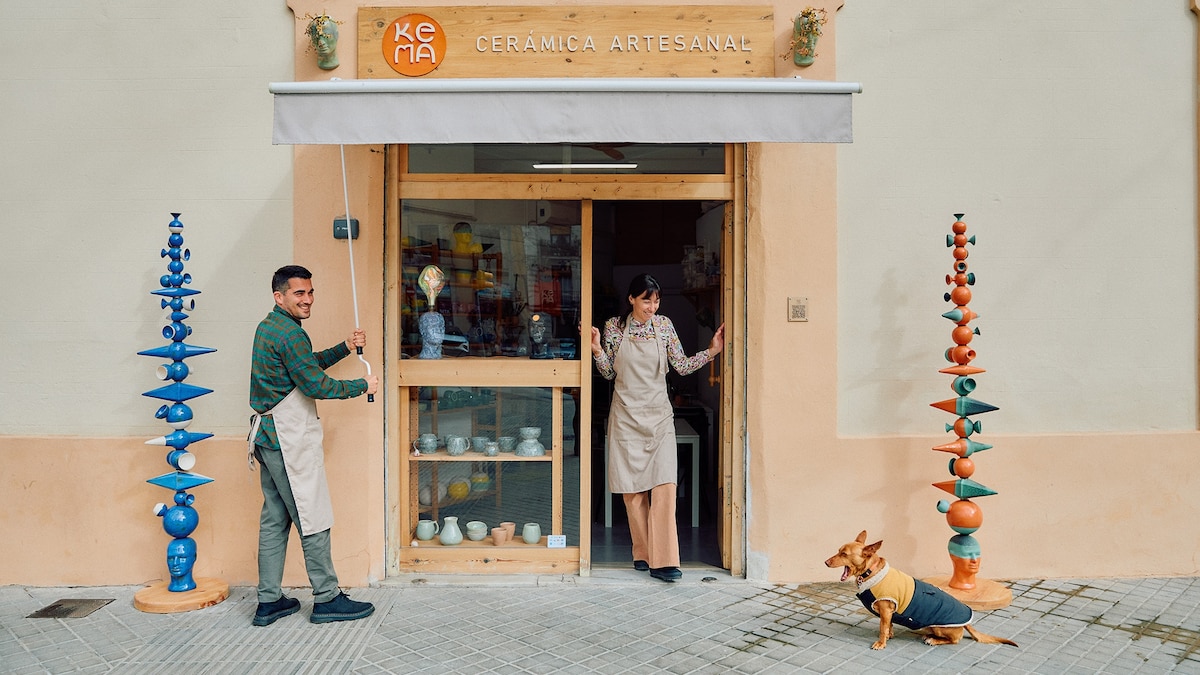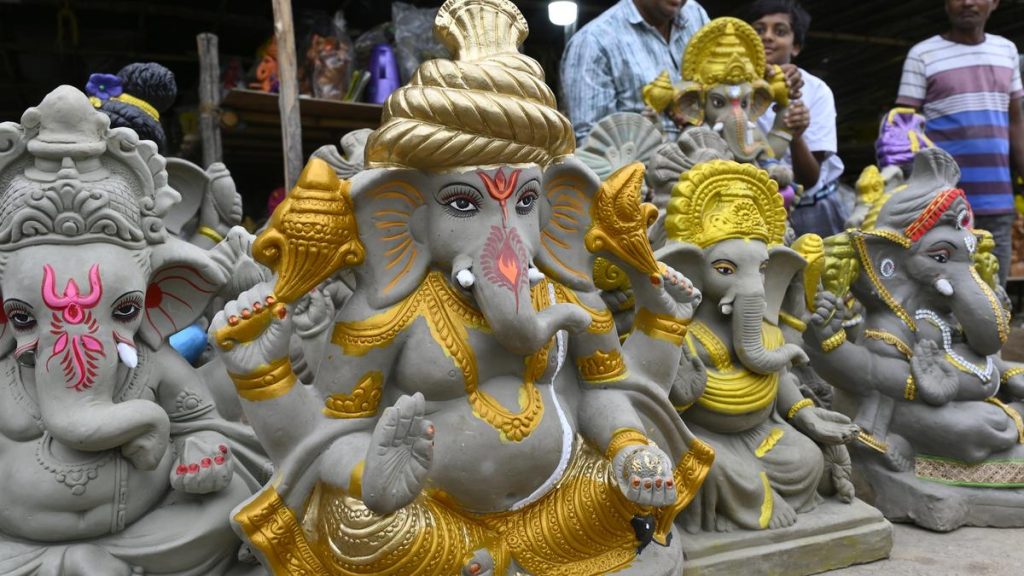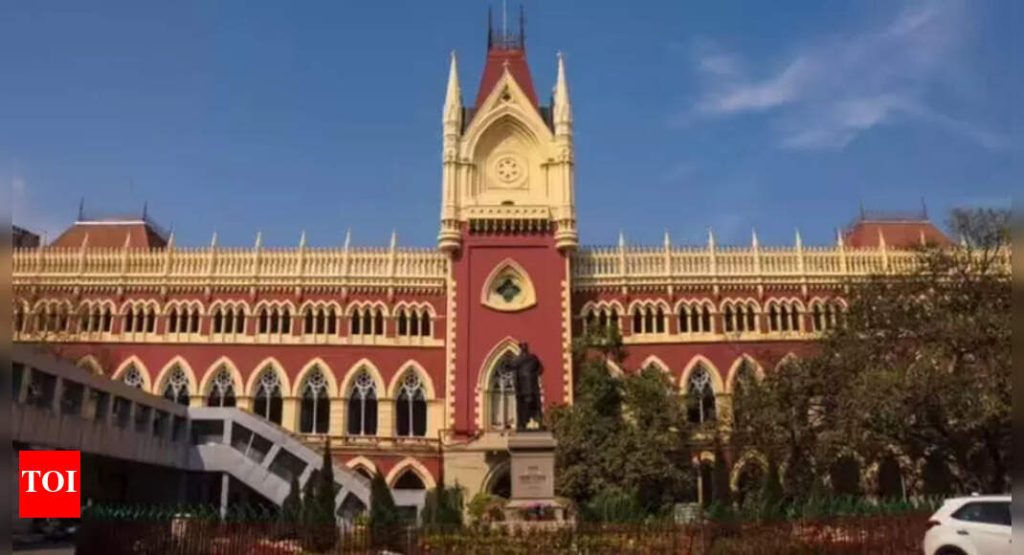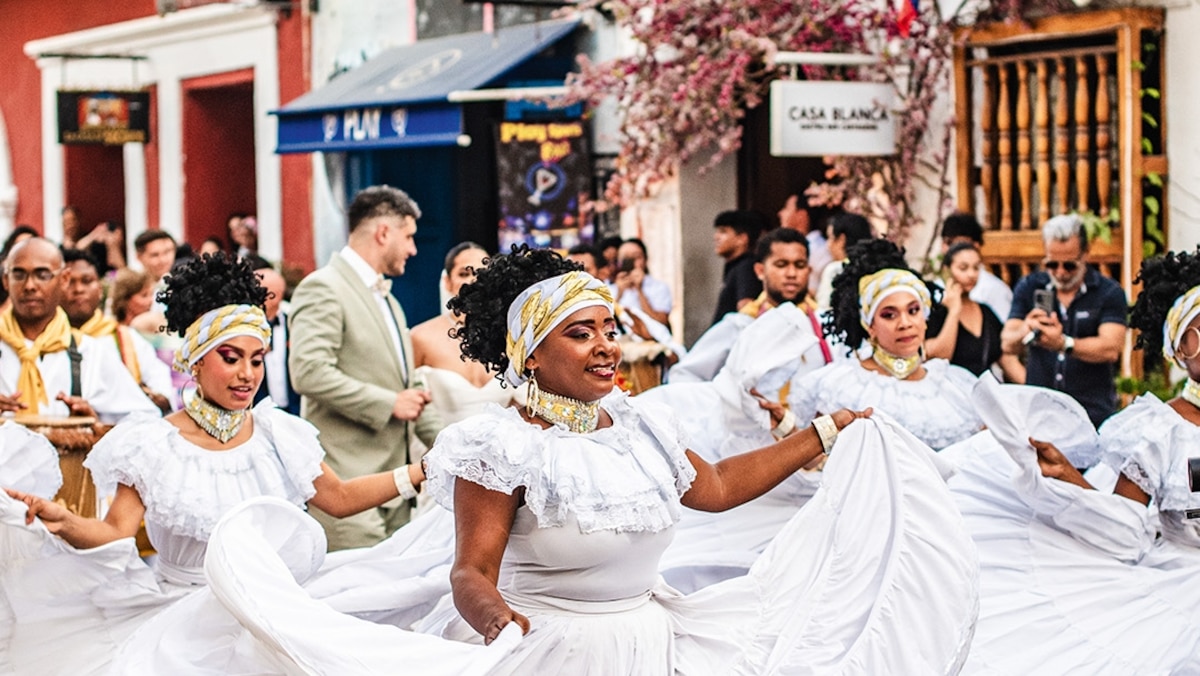Now Reading: Barcelona’s Poblenou: A District Revived
-
01
Barcelona’s Poblenou: A District Revived
Barcelona’s Poblenou: A District Revived

Fast Summary
- Location and Revival: Poblenou,a district in Barcelona,has transitioned from being an industrial textile hub in the late 19th century to a thriving creative neighborhood over the past few decades. Its proximity to the sea and large studio spaces attracted artists after many warehouses were abandoned by the late 1980s.
- Cultural Growth: The area is home to numerous galleries, studios, independent boutiques, and cafes. Its residents include ceramicists like Pablo pulido and Daiana Nuñez Schneider; muralists such as Asis Percales; animators like Gerard Cornella; Venezuelan gallery owner claudia Costa Oropeza; and celebrated Catalan painter Perico Pastor.
- Community appeal: Poblenou fosters a sense of belonging with its mix of creative professionals sharing spaces that are inviting to locals through workshops or open studios. Bars and restaurants offer affordable menus while streets retain thier eclectic mix of past charm – including art nouveau apartment blocks intertwined with modern high-rises.
- Key Initiatives: In 2012, Claudia Costa co-founded Poblenou Urban District to promote local arts via maps showing galleries/restaurants or organizing events like open studio nights for wider public engagement.
Indian Opinion analysis
Poblenou’s transformation demonstrates how neglected industrial zones can be revitalized into cultural hubs benefiting both locals and expats alike – potentially offering lessons for urban areas in India undergoing similar transitions. Cities like Mumbai or Kolkata harbor vast mill compounds that could evolve similarly into thriving ecosystems through art-focused redevelopment strategies paired with community engagement efforts. Moreover,Poblenou’s blend of history-preservation with modern innovation highlights how inclusive planning can foster lasting neighborhood identities without losing authenticity.
India’s burgeoning creative industries could find inspiration here in balancing growth ambitions with grassroots-driven initiatives that promote both economic activity as well as social cohesion among diverse residents – much needed against urban sprawl challenges often linked to metro cities back home.



























